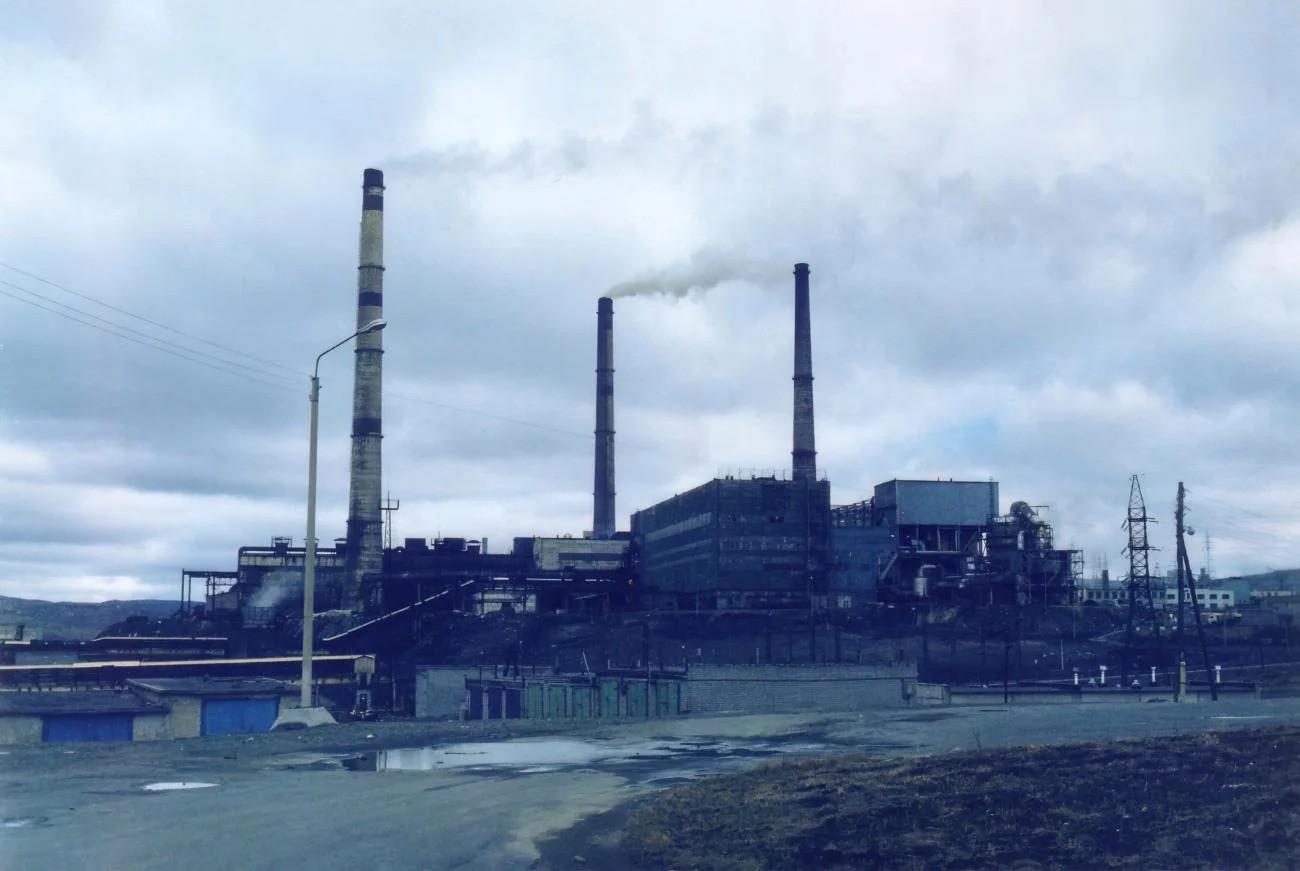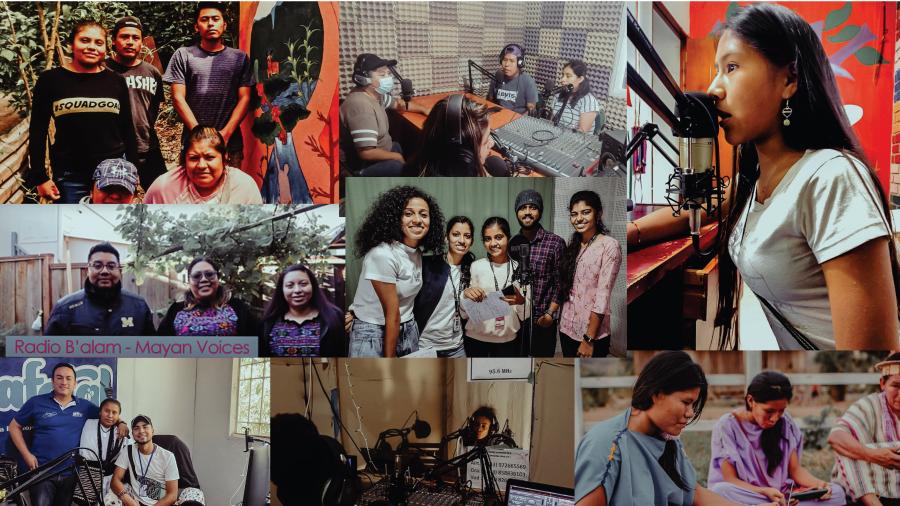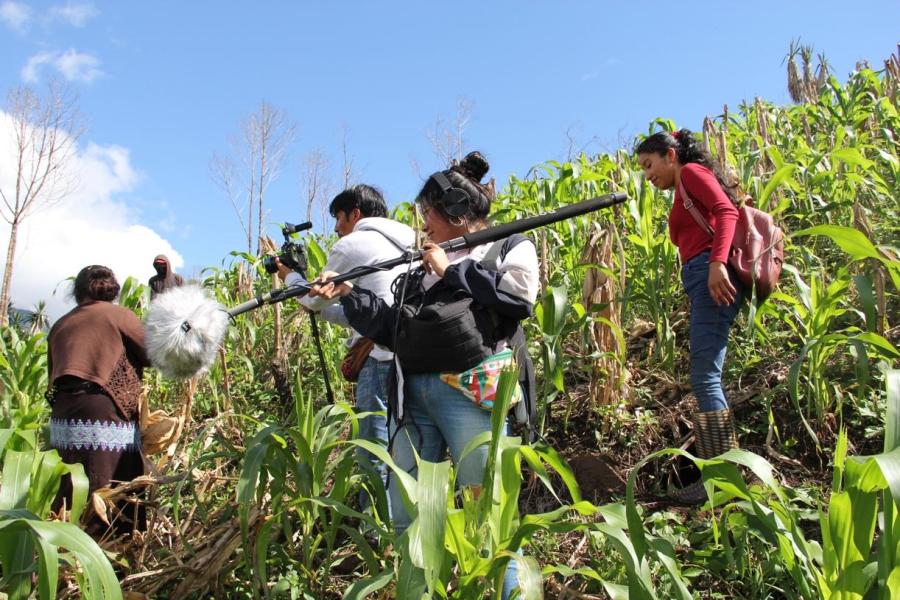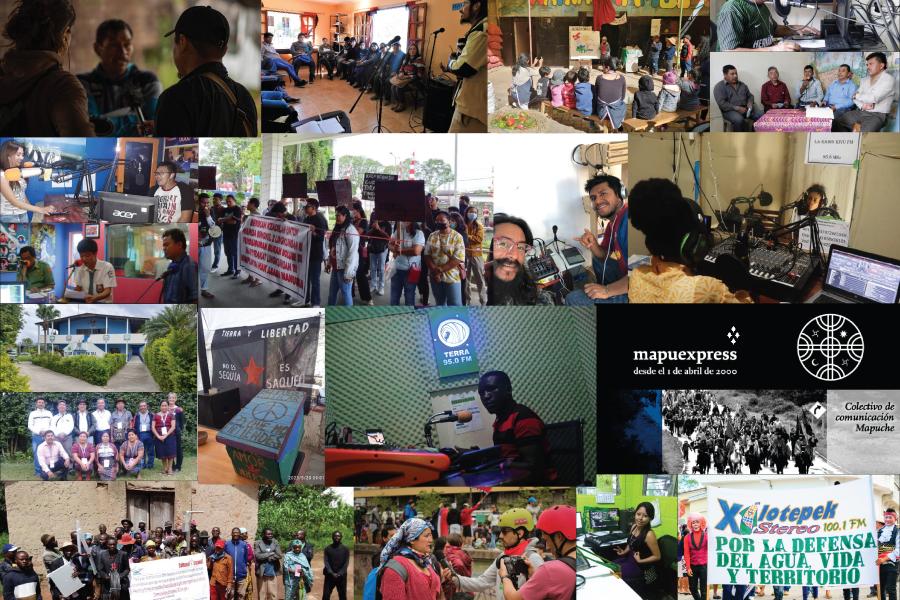
By Galina Angarova (Buryat)
As Indigenous Peoples around the world, we find ourselves at this juncture of the history of human civilization and at the cusp of the fourth industrial revolution that promises either to plunge the world into climate chaos and biodiversity collapse or build a better future for all. Indigenous Peoples' lands are the last remaining strongholds of biodiversity. While we are only 6.2 percent of the global population, or 476.6 million people, Indigenous Peoples’ managed lands and territories span 24 percent of the Earth’s total land surface and are home to 80 percent of the remaining biodiversity. Indigenous Peoples manage at least 24 percent of the total carbon stored above ground in the world’s tropical forests, and this is just a sample of numeric scientific findings to date. This disproportionate responsibility is no coincidence; it reflects millennia of experiential Traditional Knowledge held by Indigenous Peoples. We are the best experts in our own environments and stewards of our lands. Our time-tested solutions to the current crises, if heard and supported, have the potential to guide us toward more favorable outcomes for all.
Indigenous Peoples are increasingly experiencing the impacts of the transition to the green economy as the world accelerates its quest for resources. Targeting the lands of Indigenous Peoples for exploration and exploitation without consultation and consent has been ongoing for the past 500 years. As the world undergoes the energy and digital transition, the demand for electric vehicles and minerals such as lithium, cobalt, copper, and nickel will continue to grow as well. Companies rushing to secure their supply of these minerals are causing an increase in pressure on Indigenous Peoples’ lands, conflicts, and numbers of Indigenous Peoples affected by mining. These effects include pollution, man camps, loss of biodiversity, disease, displacement, loss of culture, and growing numbers of Missing and Murdered Indigenous Women. While mining efforts are viewed as vital to a transition to a so-called green economy, the harmful effects and lack of consent by Indigenous Peoples do not create a just transition.
Furthermore, the push for a green transition has resulted in global competition over mineral resources and geopolitical tensions, particularly as China remains a dominant refiner of minerals such as copper and nickel. Over the years, China has built its capacity for vertical integration, controlling different stages of production along its supply chains, while the United States and the European Union have largely remained dependent on China and other international markets for processing. In response to this dependence, both the U.S. and EU are hastily working to disentangle their supply chains from China, seeking direct partnerships with resource-rich nations such as Indonesia and Chile. Unfortunately, such a rush is accompanied by the rhetoric of national security at any cost, securing supply chains above all, and feeding into the narrative of political escalation. It is important for the climate community to recognize that this rhetoric does not lead to transitioning to clean energy and advancing climate justice.
Although the Aspen Institute estimates that projections indicate that at least 300 new mines would need to be built by 2035 to meet the mineral demand from electric vehicles, these estimates are by no means definitive and might be exaggerated to account for the prevailing narrative that more mines ensure the energy transition. Battery chemistry advances, smaller battery sizes, and higher recycling rates can lower these projections significantly.
As political tensions between countries rise, international markets become less reliable and supply chains are disrupted. For example, there are already reports that Argentina, Bolivia, and Chile are considering implementing a lithium cartel, as highlighted in Aspen Institute’s report “A Critical Minerals Policy for the United States.” The Wagner Group, a Russian conglomerate, has set up mining projects in Mali, Madagascar, and the Central African Republic, spreading Russian influence and creating risks for western operations there. This imbalance could cause challenges to the economic and climate interests of governments.
Simultaneously, we are confronted with reports of an oversaturated transition minerals’ market and a significant drop in demand attributed to excessive production. The prices of essential elements like lithium and nickel, crucial for electric vehicle (EV) batteries, witnessed a surge in 2021 and 2022, only to experience a subsequent collapse. Since the start of 2023, the value of nickel has plummeted by almost 50 percent, while lithium has declined even more drastically by over 80 percent. The Bloomberg Commodity Index has slumped by 29 percent since its peak in mid-2022. Notably, in the U.S., the sole, eagerly awaited cobalt mine in Idaho shut down before official operations commenced, mirroring the decline in demand.
Indigenous Peoples' communities remain the most vulnerable in geopolitical discourse and tensions between China and Russia and the U.S. and EU. As we have identified, the majority of transition minerals are on Indigenous Peoples' lands. Mining can have many negative impacts on Indigenous Peoples' rights and livelihoods, the environment, and biodiversity. For example, the 2015 Gold King Mine disaster in Colorado occurred when 3 million gallons of toxic waste were released into the Animas River. There was also the 2020 disaster in the Russian Arctic when 21,000 tons of diesel were spilled into a river by the Norilsk Nickel company, destroying fish and harming Indigenous communities. The dumping of tailings waste has also led to large volume breaches, disastrous floods, and leaching of toxic materials.
According to a recent study by the Wharton School, University of Pennsylvania, and the Copenhagen Business Schools on the corollary between foreign investments and Indigenous conflicts, foreign direct investment (FDI) increases armed conflict across all sectors. The report found that where both Indigenous Peoples’ lands and FDI exist, there will be an additional 6.7 armed conflicts in the following year. Secondly, the potential is high for conflict to increase given the current decoupling or de-risking of the U.S.-China supply chain as low-to-middle income countries are brought into the chain. The political escalation and the rapid disentanglement of supply chains will lead to violence against Indigenous Peoples, who continue to pay the ultimate price with their land and their lives. The discourse in the west that “the future is new technologies” will lead to planetary conquest that will replicate the same patterns and massive impacts that have been perpetuated over 500 years, creating dire implications.
While climate policymakers are pushing the narrative of more mines as the ultimate solution to climate change, particularly in the geopolitical conflict between the U.S. and China, we’re also seeing an aggressive push from the oil and gas industry arguing that Indigenous communities oppose mining to slow down the transition from fossil fuels. Debunking both approaches (decoupling climate solutions from increased mining and unlinking Indigenous opposition as a weapon of the oil and gas industry’s disinformation campaign) is a priority and will give us a chance to stay the course to truly sustainable solutions. While pursuing the goal of saving humanity, we should not lose our own humanity.
The true North Star is the self-determination of Indigenous Peoples and our ability to make decisions on any projects that have the potential to impact our lands and territories. It is time to change the old approaches and to center Indigenous leadership. This means not only seeking consultation or inviting us to the table, but centering, upholding, and respecting our leadership as rights holders and Traditional Knowledge keepers and guardians of our own lands, territories, and resources. Although Indigenous Peoples have the right to Free, Prior, and Informed Consent (FPIC), this right is often violated and not adhered to by government officials and project investors. Violations have included the lack of consultations and sharing information, breaching agreements, destroying sacred sites, and forcing Indigenous Peoples to leave their homes. As the pressures to adopt clean energy technologies grow, and in order for the U.S. to increase its mineral processing capacity to become less reliant on China, it is imperative that Indigenous Peoples are at the forefront of the conversation about transition minerals to ensure that our rights are protected for a truly just transition.
The dangers of mining cannot be ignored even in the midst of global pressures and demands for an energy transition. All projects must abide by Indigenous Peoples' right to FPIC and should also provide Indigenous Peoples with access to legal, financial, and technical assistance on their terms. Including Indigenous Peoples as partners (should they wish to engage in project ownership) is also essential to creating an equitable system with shared economic opportunity and trust. Moreover, industry standards around biodiversity, land conservation, and environmental protection are important to protect Indigenous Peoples' communities, health, and their resources.
In addition to respecting the right to FPIC, it is also crucial to expand funding for and development of alternatives to mining, including recycling programs, reducing mineral dependence, and increasing the efficiency of transition minerals. For batteries in particular, Lithium Iron Phosphate (LFP) batteries decrease the use of nickel, cobalt, and manganese in Nickel Manganese Cobalt (NMC) batteries. Sodium-ion batteries can reduce the need for lithium as well.
Recycling mineral-intensive products when they are near the end of the cycle is also important in limiting the need for future mining projects. According to the International Energy Agency, recycling copper, cobalt, nickel, and lithium from spent batteries by 2040 can meet 10 percent of the global demand for these minerals. One avenue to ensure that a recycling program can go into effect is to categorize spent batteries as valuable recyclable products instead of waste.
It is also vital for countries like the U.S. to adopt policy tools to establish standards for mining projects that safeguard the rights of Indigenous Peoples, minimize environmental impact, and protect biodiversity. More research into mining projects, their risks, and their impacts is necessary for documentation since many harmful and illegal activities related to mining go unreported. The correlation between the increase in mining projects and the increase in Indigenous Peoples being subjected to racial and gender-based violence must take precedence in conversations regarding an energy transition. Furthermore, the voices of Indigenous Peoples need to be amplified amidst the disinformation campaigns around the mining industry and impacted communities.
-- Galina Angarova (Buryat) is the Executive Director of the SIRGE Coalition.
Top photo: Norilsk Nickel plant in Murmansk Oblast, Russia. Photo by Hans Olav Lien.



